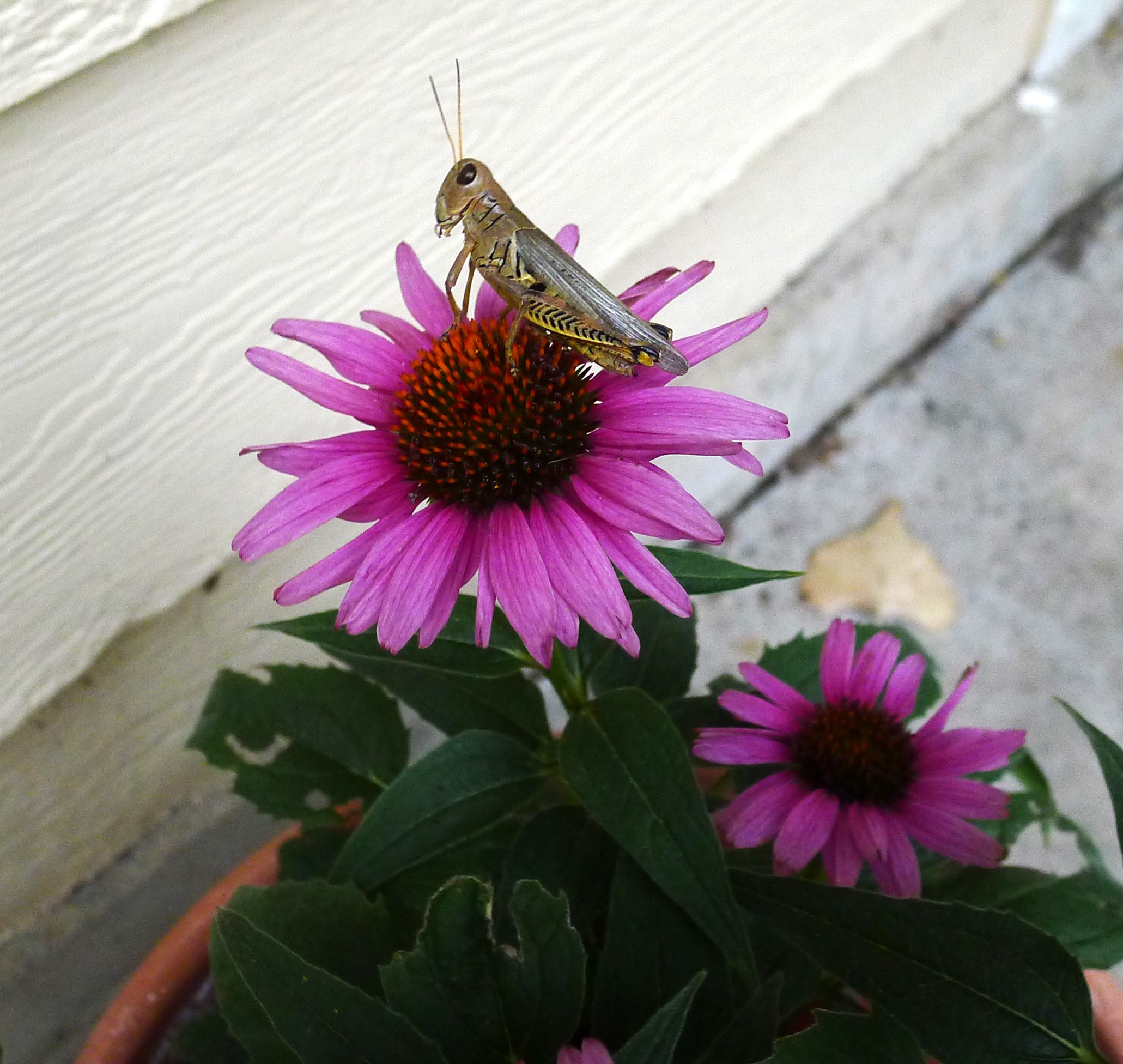


What grasshoppers do the most damage to plants?
In Colorado there are several species of grasshoppers, but 90 percent of damage to plants is caused by grasshoppers in the genus Melanoplus. Females of one species in the genus can lay up to 400 eggs in a single season, depending on the weather. Fewer eggs are produced in cooler and wetter weather.
What food are grasshoppers most attracted to?
Some grasshoppers prefer one food source, such as corn or alfalfa, but when food is scarce they eat a variety of plants, shrubs and trees. A grasshopper will eat its own weight in green food in about 16 hours. In fact, seven grasshoppers per square yard over 10 acres will eat the same ration as one cow.
What enemies do grasshoppers have?
Grasshoppers have several natural enemies including birds, rodents, spiders, skunks, several species of flies and horsehair worms. Horsehair worms are long and whitish and live inside a grasshopper. As they feed on their living host, they cause sterility in female grasshoppers. When the worms complete their growth inside the grasshopper, they kill the insect by forcing their way through the body wall. Grasshoppers ingest hair worms when they eat leaves where hair worm females have laid eggs.
How can I control grasshoppers in my garden?
There are several insecticides that control grasshoppers. Insecticides including the active ingredients Carbaryl, sold as Sevin, and Malathion can be used as a spray. A granular formulation of Carbaryl Sevin can also be used as a bait. A microbial insecticide called Nosema locustae is sold under various trade names for grasshopper control. This is a protozoan disease that occurs naturally among grasshoppers and has been commercialized by mass production under laboratory conditions.
For “Horsehair worms” refer to message number 1453.
For more information, see the following Colorado State University Extension fact sheet(s).



